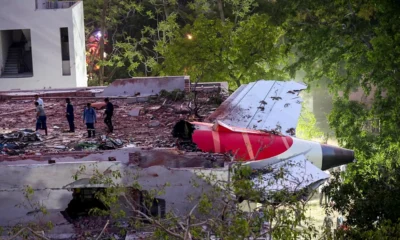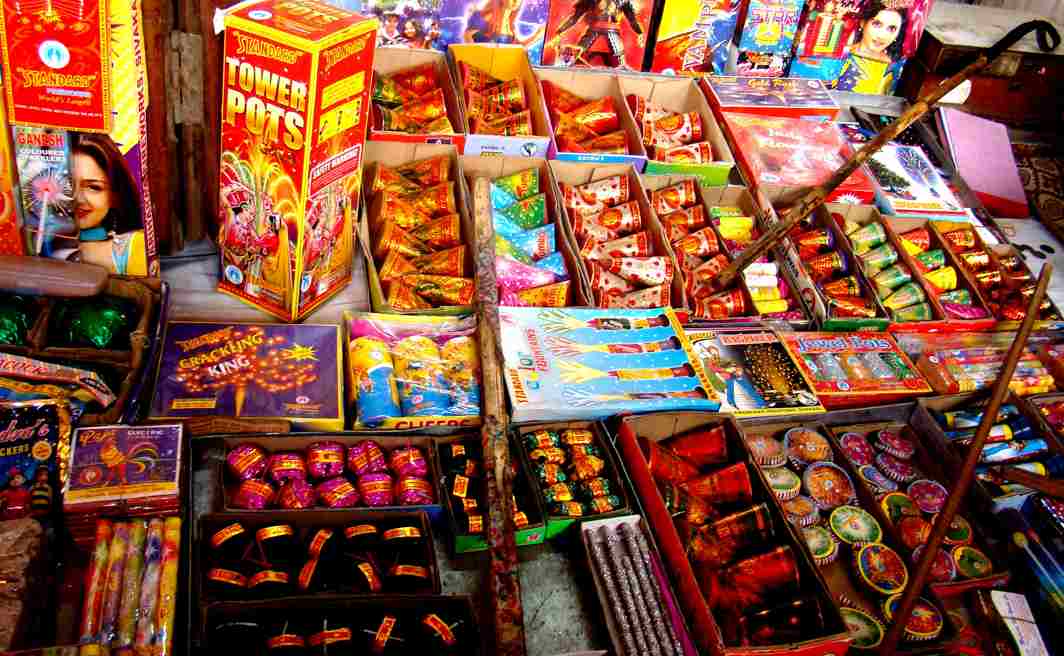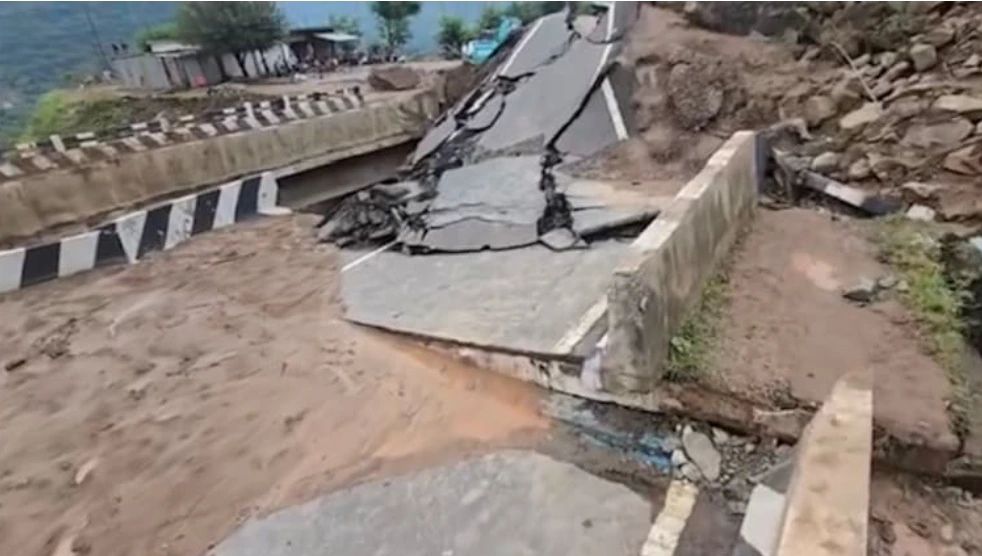India News
CBI director Alok Verma case: Acted to save CBI’s reputation, Centre tells Supreme Court

India News
BJP raises seat offer to Eknath Shinde’s Shiv Sena to nearly 90 ahead of Mumbai civic polls, talks continue
The BJP has raised its seat offer to Eknath Shinde’s Shiv Sena to nearly 90 for the upcoming BMC elections, but fresh talks are needed as differences persist within the Mahayuti.
India News
Everyone has their demands: Robert Vadra responds to calls for Priyanka Gandhi as PM candidate
Robert Vadra has reacted to growing calls for Priyanka Gandhi as a prime ministerial candidate, saying leadership speculation should not overshadow pressing issues like pollution and employment.
India News
J&K cabinet clears residential plot allotment for flood-affected families
The Jammu and Kashmir cabinet has approved allotment of residential plots to families affected by floods and landslides in August and September, paving the way for rehabilitation.
-

 India News9 hours ago
India News9 hours agoRahul Gandhi alleges institutional bias, questions electoral system during Berlin address
-

 India News4 hours ago
India News4 hours agoProtests outside Bangladesh High Commission in Delhi over lynching of Hindu youth in Bangladesh
-

 India News8 hours ago
India News8 hours agoDelhi air quality plunges to severe as thick smog blankets the capital
-

 India News3 hours ago
India News3 hours agoJ&K cabinet clears residential plot allotment for flood-affected families
-

 India News60 mins ago
India News60 mins agoEveryone has their demands: Robert Vadra responds to calls for Priyanka Gandhi as PM candidate
-

 Entertainment46 mins ago
Entertainment46 mins agoThe Odyssey trailer: Christopher Nolan unveils first look of epic journey led by Matt Damon
-

 India News30 mins ago
India News30 mins agoBJP raises seat offer to Eknath Shinde’s Shiv Sena to nearly 90 ahead of Mumbai civic polls, talks continue
-

 Entertainment17 mins ago
Entertainment17 mins agoGovinda’s Avatar: Fire and Ash cameo clips go viral, truth behind the AI-generated videos









